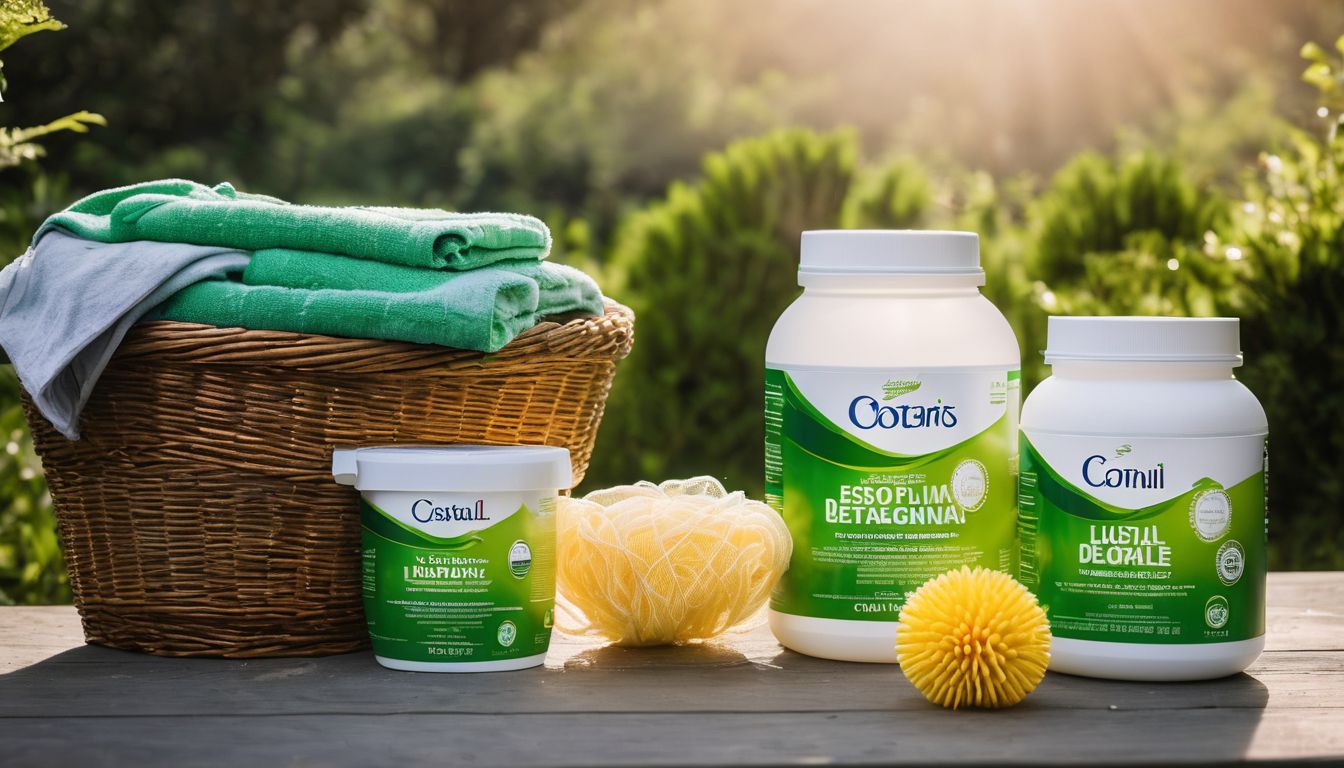From cell phones to batteries to light bulbs, 21st century Americans have a considerable amount of hazardous waste to deal with in their homes. Unfortunately, it is not always clear how to safely dispose of these items. This is particularly concerning given that disposing of household hazardous waste the wrong way could have serious health and environmental impacts.
What counts as household hazardous waste?

Household hazardous waste (HHW) refers to retail items that are used in the home, such as cleaning products, automotive care products, pest control products, light bulbs, and electronics—otherwise known as toxic , look on the label for key words such as “danger,” “warning,” “caution,” or even “flammable.” 2 HHW items are not allowed to be disposed of in compost, recycling, or even trash bins. 3
Guide to Safely Disposing HHW:
- Batteries – Since batteries contain toxic metals, it is illegal to dispose of them in the trash. Many cities have battery collection programs to prevent this problem. In the case of lithium batteries, which include most button and rechargeable batteries, make sure to tape over the contact points as a safety precaution. 4 Your local hardware store will also often accept your used batteries and dispose of them properly. For more info on battery recycling, read here .
- Medications – The protocol for disposing of unused, expired medication used to be to simply flush it down the toilet. Out of sight, out of mind, right? Not quite. Scientists realized that all the chemicals we were flushing down our toilets were actually finding their way back into aquatic ecosystems and negatively impacting sensitive aquatic life, such as frogs and fish. Now, you can often take unused medicines to police stations and pharmacies and they will properly dispose the product. 5 For more info on medicine disposal, read here .
- Paint – San Francisco has a wonderful example of a recycled paint program that promotes zero waste. There are designated neighborhood drop-off sites where people can drop off up to 15 gallons of unused paint. People can then go to the household hazardous waste facility to pick up cans of unused paint for free. 6 Most counties will have hazardous waste programs that allow you to dispose of your paint on designated days in special locations, so check your city government’s website for information if you do not receive notices by mail of such events.
- Electronic waste – E-Waste includes items such as cell phones, computers, televisions, printers, speakers, copiers, and fax machines. 7 According to the Consumer Electronics Association, the average American household now owns approximately 24 electronics. Instead of sending these toxic items to the landfill, there are other options. One option is to donate your electronics that may be old but still functioning. Another option is to take your electronics to a special e-waste recycling program, so that the electronic can be taken apart and the valuable materials that were used to make the product can be reused to make new products. 8 It turns out that for every one million cell phones we recycle, we can reuse 35,000 pounds of copper, 772 pounds of silver, 75 pounds of gold, and 33 pounds of palladium. Before donating or recycling your electronics, try upgrading your software to see if your experience improves, meaning you can avoid buying a new product. You should also make sure to delete all personal information from your device and to remove the batteries, since they might need to be recycled separately. 9 To find nearby donation or recycling programs, use this website: epa.gov.
 i
i
- Light bulbs – Fluorescent light bulbs and tubes are considered HHW because they contain mercury. Since the mercury is released if the light bulbs or tubes are broken, it is very important that these items are carefully taken to a HHW recycling facility instead of being put in the trash, where they will definitely break. It is estimated that in the year 2000, 370 pounds of mercury were released in California just due to the breakage of light bulbs and tubes during storage and transportation. The released mercury then makes its way into soil and waterways, which negatively impacts the health of both terrestrial and aquatic ecosystems. Despite having to dispose of them carefully, fluorescent light bulbs are still better to use than traditional incandescent light bulbs. Fluorescents are three to four times more energy efficient, are less expensive, emit less greenhouse gases , and last up to ten times longer. 10
What about the empty containers?
If a container that once contained a HHW product is empty, dry, and 5 gallons or smaller, it is no longer considered dangerous. These types of containers, such as aerosol cans and latex paint cans, may be recycled normally in the blue bin. However, all nozzles, caps, and lids on these such containers must be removed and placed into the blue bin separately to ensure proper recycling. All other types of empty containers that once contained HHW should be placed in the black trash bin for removal. 11




